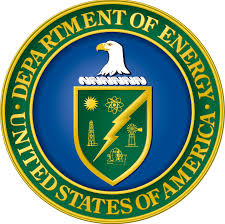The Digest’s 2025 Multi-Slide Guide to Waste-to-Energy Innovations for SAF
by Jim Lane (Biofuels Digest) This presentation highlights the vast potential of 180-220 million tons of waste for energy, addressing rising disposal costs and significant GHG emissions. Key innovations include AMP Robotics’ AI-powered MSW sorting with 99% accuracy and improved MSW

.jpg)




